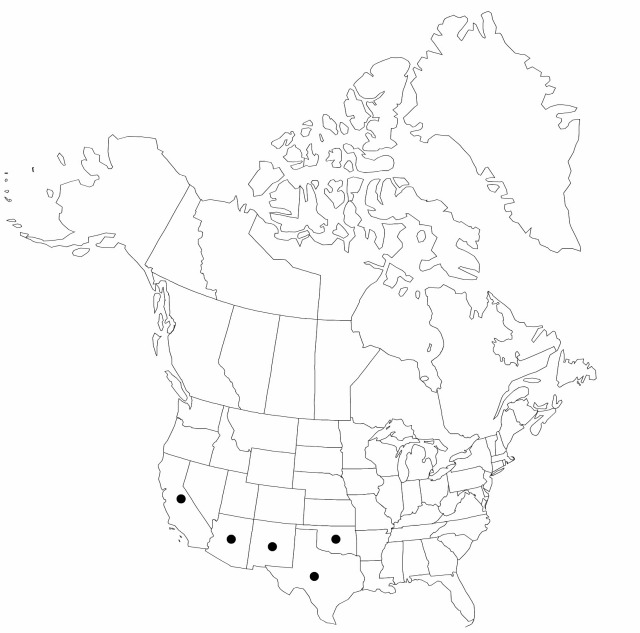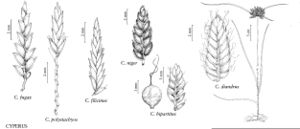Difference between revisions of "Cyperus melanostachyus"
Fl. Peruv. 1: 47. 1798.
FNA>Volume Importer |
imported>Volume Importer |
||
| Line 6: | Line 6: | ||
|place=1: 47. 1798 | |place=1: 47. 1798 | ||
|year=1798 | |year=1798 | ||
| + | }} | ||
| + | |special_status={{Treatment/ID/Special_status | ||
| + | |code=F | ||
| + | |label=Illustrated | ||
}} | }} | ||
|basionyms= | |basionyms= | ||
| Line 57: | Line 61: | ||
|publication title=Fl. Peruv. | |publication title=Fl. Peruv. | ||
|publication year=1798 | |publication year=1798 | ||
| − | |special status= | + | |special status=Illustrated |
| − | |source xml=https:// | + | |source xml=https://bibilujan@bitbucket.org/aafc-mbb/fna-data-curation.git/src/bb6b7e3a7de7d3b7888a1ad48c7fd8f5c722d8d6/coarse_grained_fna_xml/V23/V23_254.xml |
|genus=Cyperus | |genus=Cyperus | ||
|subgenus=Cyperus subg. Pycreus | |subgenus=Cyperus subg. Pycreus | ||
Revision as of 21:32, 27 May 2020
Herbs, perennial, rhizomatous. Culms solitary or close together, trigonous, 5–40(–95) cm, glabrous. Leaves (2–)3–7, broadly V-shaped, 3–20(–30) cm × 1.5–3 mm. Inflorescences: spikes loosely to densely ovoid to hemispheric, 7–16 mm diam.; rachis 1–2 mm, or absent; rays 1–2, 3–45 mm; if rays absent, inflorescence sessile, dense, 6–20 mm diam; bracts 2–3, horizontal to reflexed downward, broadly V-shaped, 1–15 cm × 1–3 mm. Spikelets (3–)5–25(–60), linear to oblong-linear, (3–)5–9 × 1.8–2.3 mm; floral scales 4–18, closely imbricate, chestnut brown, black, or brown, medially green or greenish brown, laterally ribless, medially 2(–3)-ribbed, distinctly 2-keeled basally, ovate to orbiculate, 1.5–2.1 × 1.4–2.2 mm, apex obtuse. Flowers: stamens 2; anthers 0.6–0.8 mm, connectives not prolonged; styles 0.4–0.6 mm; stigmas 0.7–2.1 mm. Achenes brown, ellipsoid, 1.2–1.4 × 0.6–0.8 mm, network of ridges forming isodiametric or square cells, slightly stipitate, apex apiculate, surfaces minutely punctate.
Phenology: Fruiting summer.
Habitat: Swamps, ditches, wet pastures, seeps in montane forests
Elevation: 0–1200 m
Distribution

Ariz., Calif., N.Mex., Okla., Tex., Mexico, Central America, South America.
Discussion
Six varieties (Cyperus niger var. niger, var. castaneus, var. robustus, var. lorentizianus, var. intricate-ramosus, and var. pseudo-elegantulus) were recognized by G. Kükenthal (1935–1936). Based on field observations and measurements of hundreds of collections from Mexico, where the species is most plentiful, it does not seem possible to recognize any of the infraspecific taxa (G. C. Tucker 1983, 1994; G. C. Tucker and R. McVaugh 1993).
Selected References
None.
